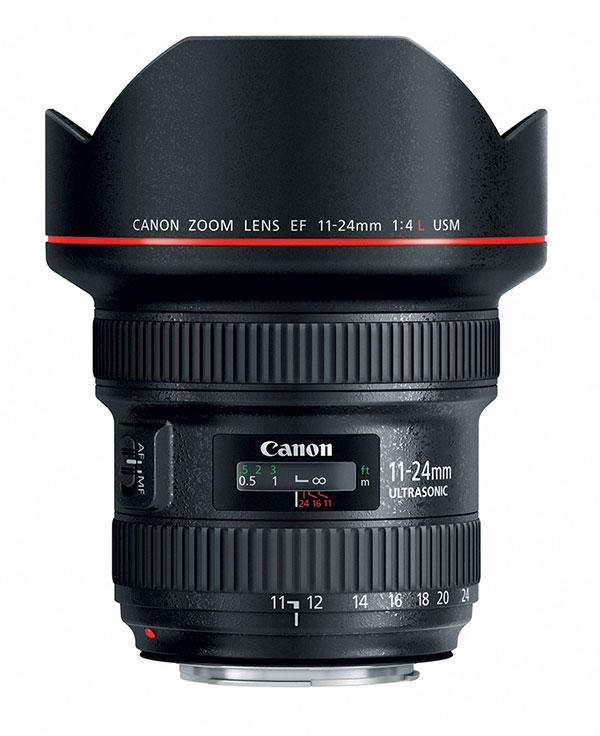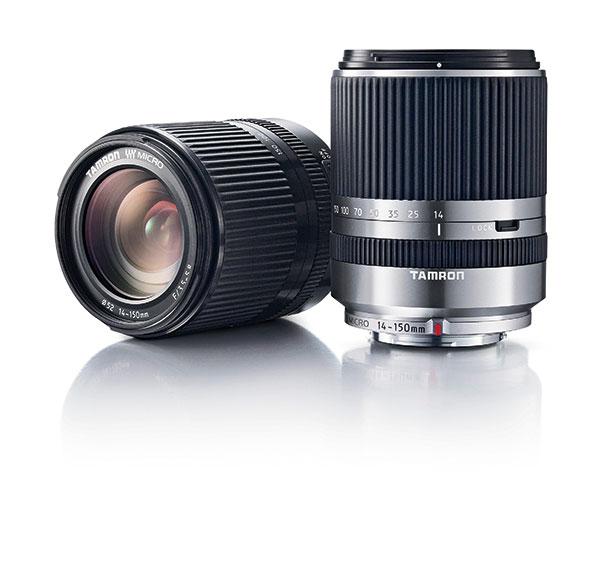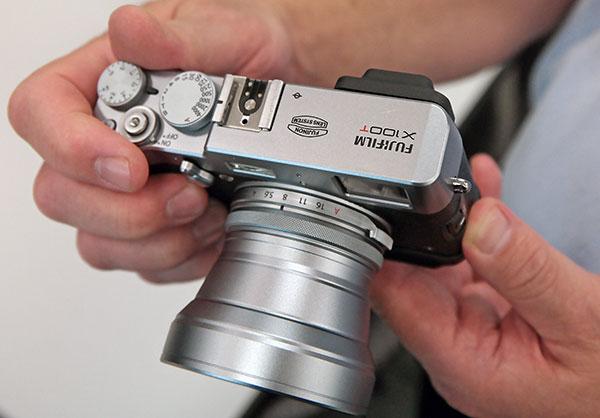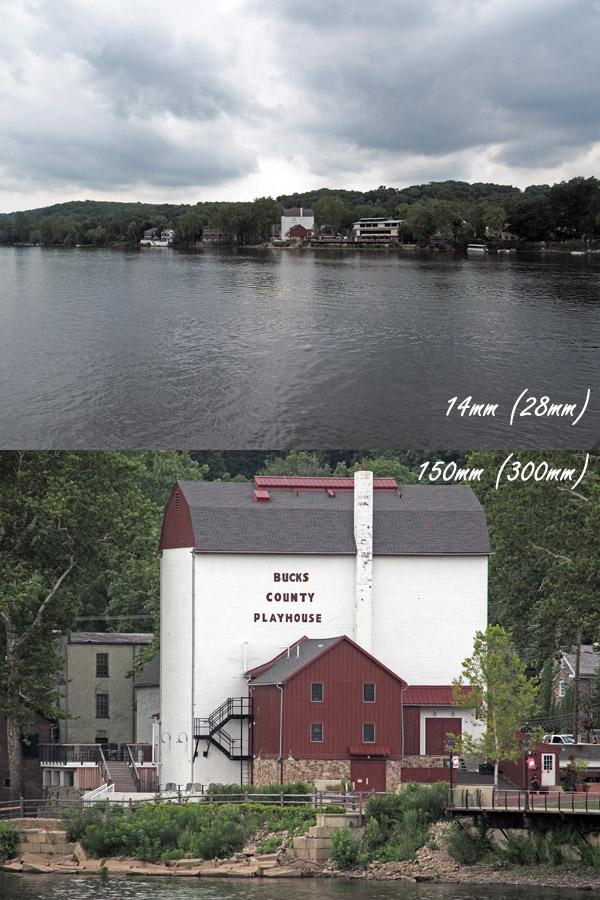|
Jun 08, 2015 |
|
May 27, 2015 |
|
May 21, 2015 |
|
May 13, 2015 |
|
May 06, 2015 |
|
May 01, 2015 |
|
Dec 30, 2014 |
|
Dec 03, 2014 |
|
Sep 25, 2014 |
|
Aug 15, 2014 |
|
Jul 27, 2014 |
















